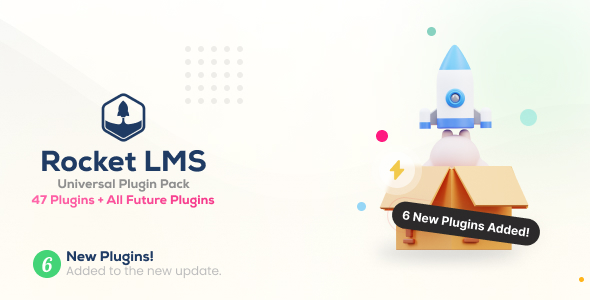Learn how PayPal IPN can solve the problem of new orders that do not display in your e-commerce admin panel.
PHP Articles
You will find articles covering all areas of PHP, including application architecture, functions, databases, tools, the latest PHP news, and insightful guides covering setup & installation and site operation.
Articles Sub-Categories: Application Architecture, Databases, News, Pear, PHP Functions, Setup & Installation, Site Operation, Tools, Tricks & Hacks.
PayPal recently introduced a new RESTful API that is more convenient and more powerful than the previous version. Learn how to integrate your PHP application with the new PayPal API.
Learn how to use AngularJS 2 in PHP via the PrimeNG UI components. First we need to create an AngularJS 2 application from the beginning and then we will create a project. Finally, we will run the project.
This screencast introduces you to PHP’s object-oriented syntax, showing you how to create and populate a class and how to work with object data.
It is almost an implicit standard for a modern web app/service to be fault tolerant and load balanced. Depending on the technologies involved, achieving a proper level of each can be difficult. This series will explore a few ways to handle each in PHP.
DooPHP is a high performance open source PHP framework. It is also a rapid development framework for PHP application development. It uses common design patterns like MVC and ORM. The framework helps to write less code for performing tasks and also reduce development costs.
Learn more about the ins and outs of the main message services available in PHP–Semaphore, Gearman, and JMS (through Quercus and PHPMQ).
about lambda expressions and lambda PHP functions, then step through different example–from basic lambda functions, recursive lambda functions, lambda functions in PHP arrays and in PHP classes.
In my previous article, I expanded a few ideas around test helpers and how to use setUp() and tearDown(). However, we still stayed in the realm of things built in to PHPUnit. Here, I want to expand on a helper function I include in most of my main testing classes that allows for the concept of setUp(), but grants a bit more flexibility.
Version 1.0 of the Zend Engine functions much like the heart and brain of PHP 4.0. It contains the process that provides the sub-structure and facilities to the functional modules. It also implements the language syntax, as well. The Zend Engine 1.0 is actually the second revision of the PHP scripting engine. It is still based on the same rules as the PHP 3.0 engine that was basically Zend Engine 0.5. Now it is permissible to migrate the path from PHP 3.0 to 4.0. The development has the same â??state of mindâ?? as per PHP 3.0. We feel it is right time to start working towards a revision of the Zend Engine. It would also incorporate new structures and solutions to some of the most difficult problems faced by the PHP designer or developers








